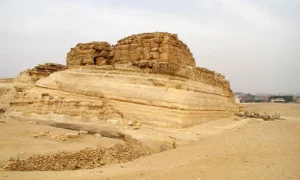The Pyramid of Khentkaus I, also known as the Pyramid of Queen Khentkaus, is a unique archaeological site in Egypt. It lies near the famous pyramids of Giza and is thought to belong to Khentkaus I, who may have been a queen or possibly a pharaoh during the Fourth Dynasty of the Old Kingdom. This structure has intrigued historians and archaeologists for years due to its distinctive features and the mystery surrounding the true role of its occupant.
Pyramids
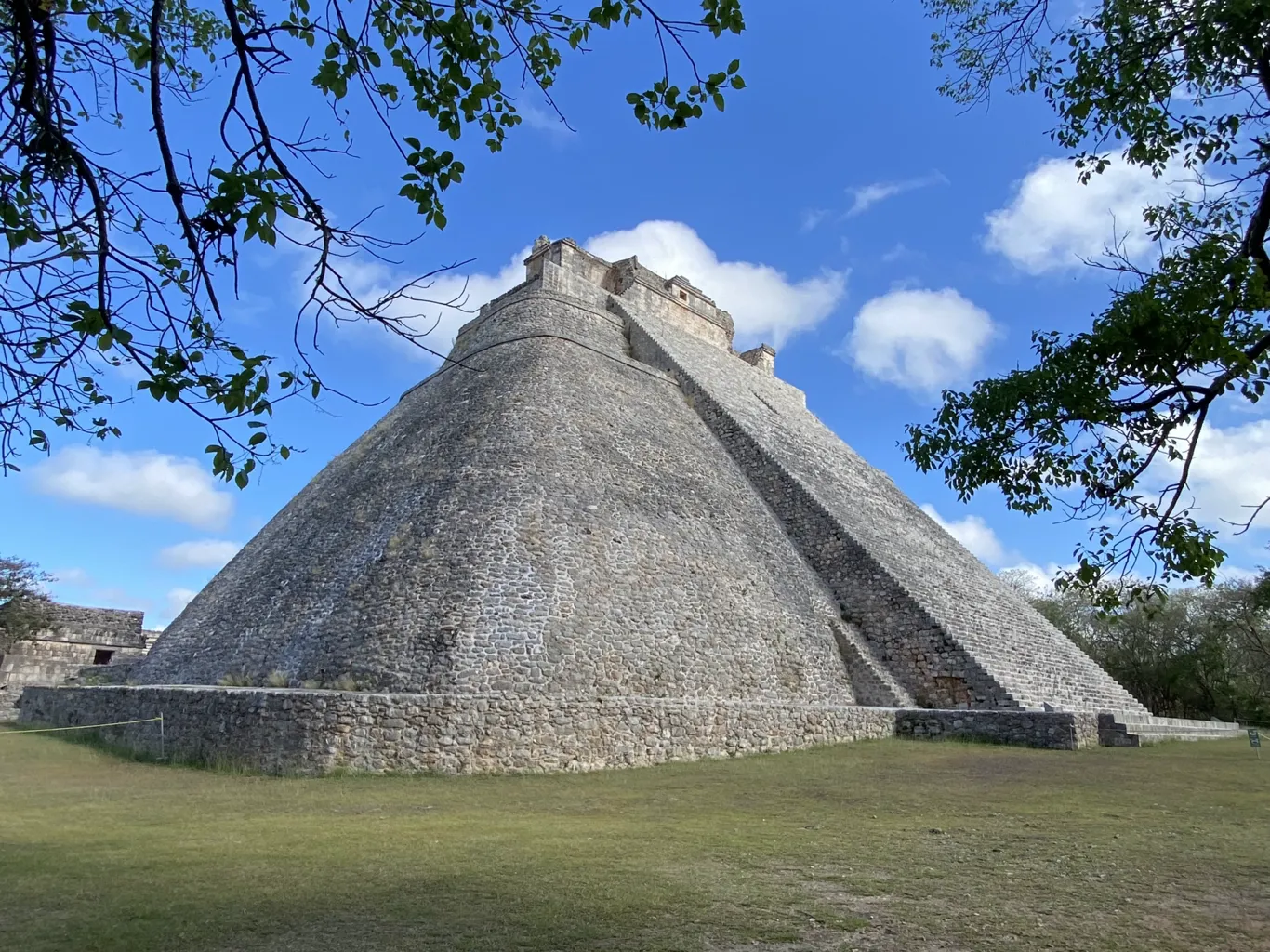
Pyramids are massive, triangular structures that were often used as tombs for rulers. The most famous pyramids are in Egypt, but they were also built in places like Central America. These monumental buildings demonstrate the engineering skills of ancient civilizations.

The Star Pyramid in Scotland
The Star Pyramid, also known as the Salem Rock, stands as a unique monument in Stirling, Scotland. This distinct structure, built entirely of sandstone, is a testament to Scotland’s rich historical tapestry. Erected in 1863, it serves as a memorial to the martyrs of the Scottish Reformation. The pyramid’s four-sided star shape is both an architectural curiosity and a symbolic representation, reflecting the period’s religious and political turmoil.
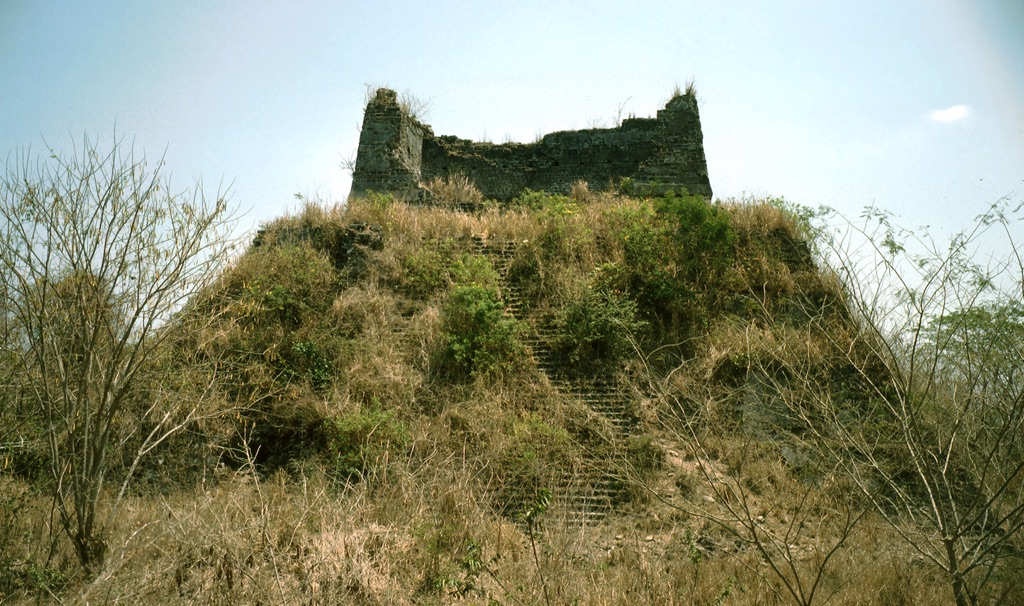
Huatusco Pyramid
The Huatusco Pyramid, nestled in the heart of Mexico, is a testament to the region’s rich pre-Columbian history. This ancient structure, though not as widely known as some of its counterparts, offers valuable insights into the civilizations that once flourished in Central America. The pyramid itself is a marvel of architectural ingenuity, reflecting the advanced understanding of construction and cosmology possessed by its builders.
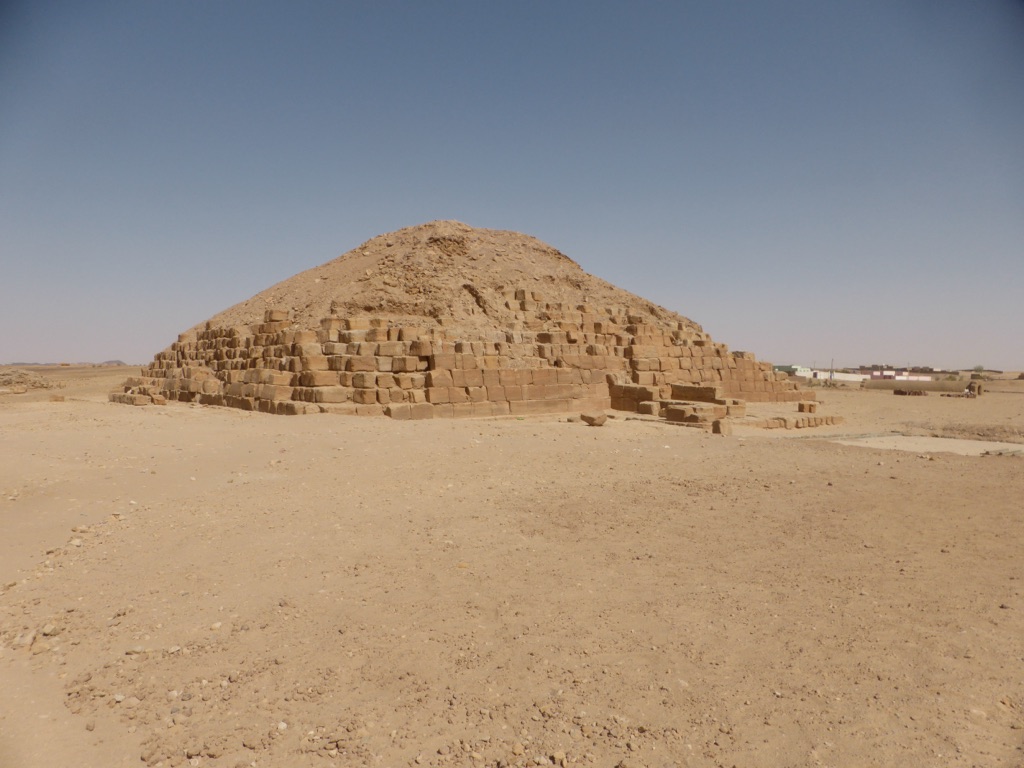
Pyramids at El-Kurru
The Pyramids at El-Kurru form a royal cemetery that includes some of the earliest pyramids built in Sudan. They served as the burial grounds for kings and queens of the ancient Kushite kingdom, specifically the Napatan dynasty. The site is located near the Nile River, and it is one of the key archaeological sites that provide insight into the civilization that flourished in Nubia. The pyramids, although smaller than their Egyptian counterparts, signify the cultural and political influence of Egypt on the Kushite people. The site also includes chapels and funerary temples that are rich in art and hieroglyphics, shedding light on the religious practices and beliefs of the Kushites.
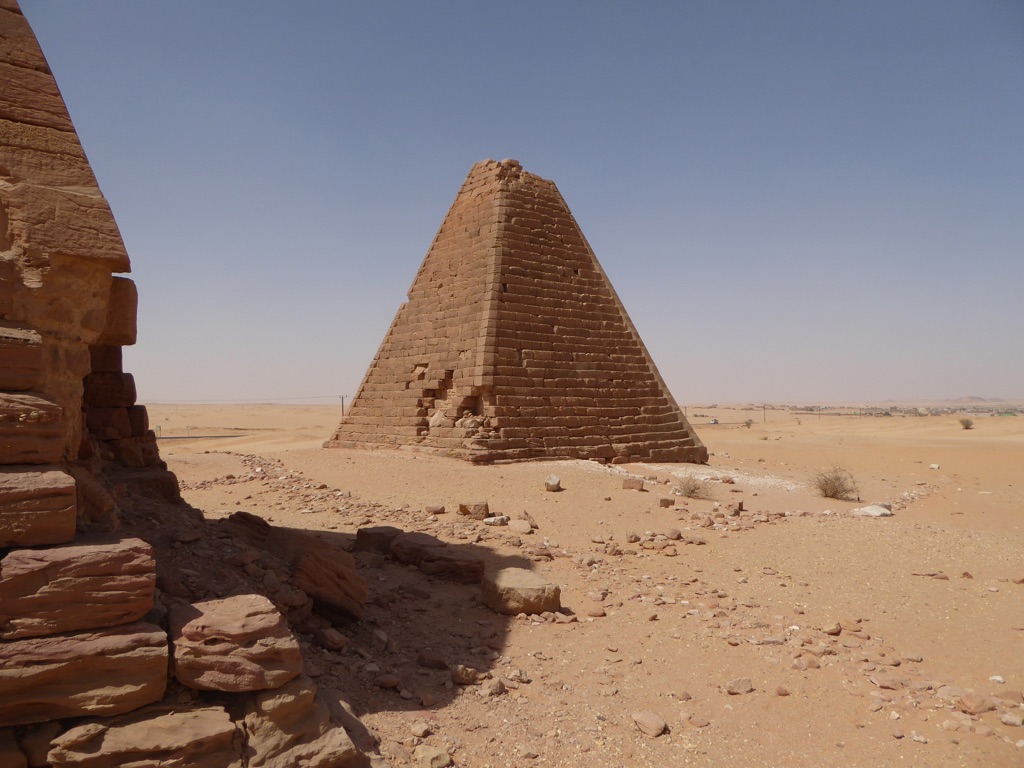
Pyramids at Jebel Barkal (Gebel Barkal)
The Pyramids at Jebel Barkal are a testament to the ancient kingdom of Kush’s grandeur. Nestled in modern-day Sudan, these structures stand as relics of a powerful civilization that once rivaled Egypt. The pyramids, with their steep sides and flat tops, differ from the more famous Egyptian pyramids. They mark the tombs of kings and queens, serving as a gateway to the afterlife. Jebel Barkal, meaning “Holy Mountain,” was central to the Kushite belief system and was inscribed as a UNESCO World Heritage site in 2003, highlighting its significance to human history.
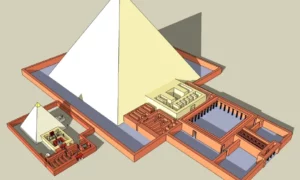
Pyramid of Khentkaus II
The Pyramid of Khentkaus II, nestled in the necropolis of Giza, stands as a testament to Egypt’s ancient architectural prowess. This lesser-known pyramid is believed to be the tomb of Khentkaus II, a queen of the Fourth Dynasty. Despite its proximity to the Great Pyramids, it has not garnered the same level of attention. However, its historical significance is undeniable, offering insights into the complex funerary practices and societal structures of ancient Egypt.

